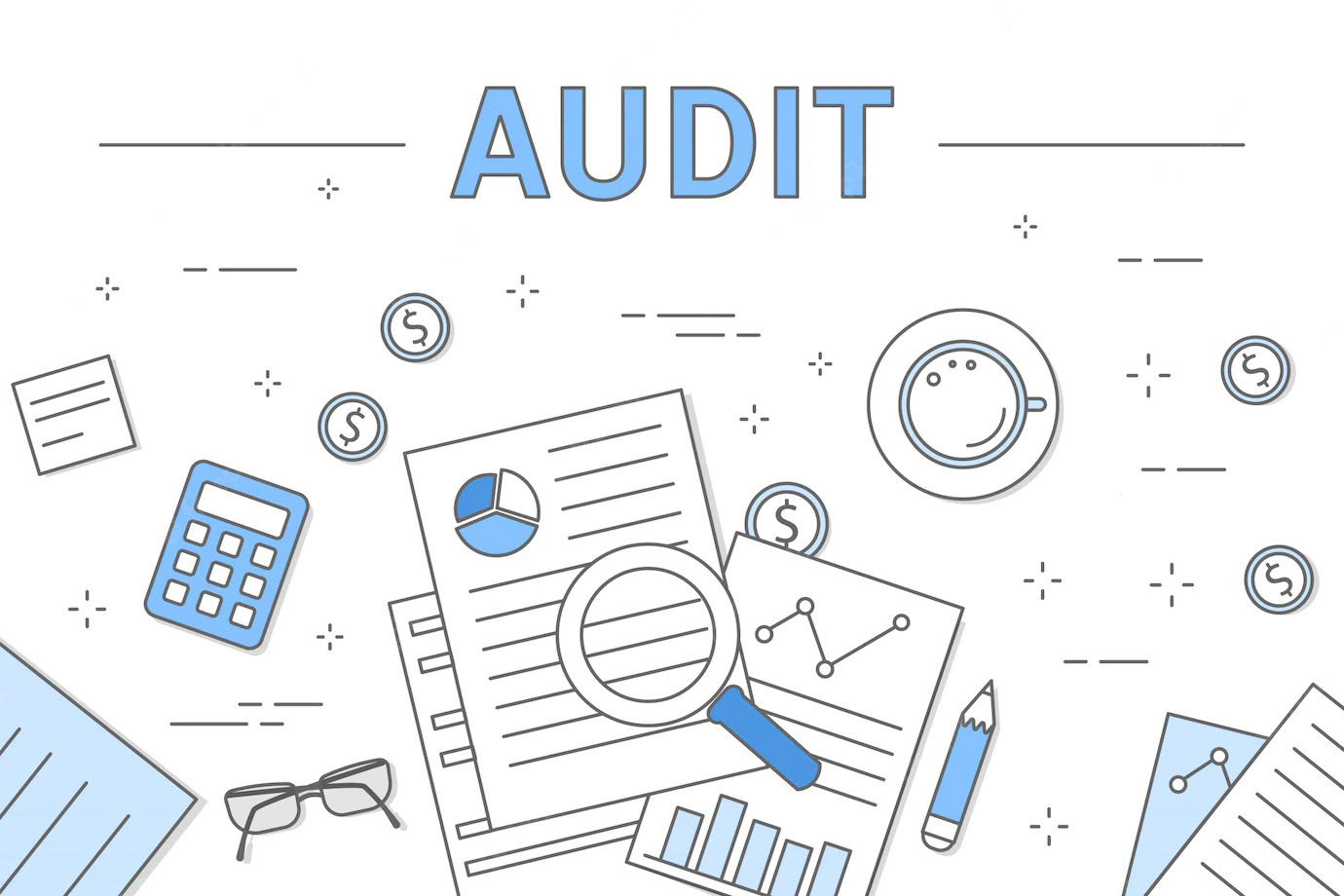Please fill the form below and our team will be in touch within 24 hours.
Compliance Audit
Why External Compliance Audits are important?
Audits provides independent credibility. An audit opens the business to a critical and bias- free assessment. An advantage of an external audit is that they can evaluate the business without fear and unbiased.
Importance of Compliance Audit:
Fluent Business Operations:
- Conducting business in-line with government regulations
- Helps in finding out area of concerns in the existing process
- Helps MSB’s to get information regarding new amendments in laws and regulations
- Increase competency of staff
- Identifying new responsibilities of MLRO and Director
Preparing for regulating body interviews and audits:
HMRC conducts interview of Money Services Businesses every year. Compliance audits helps the firm to prepare for such audits and interviews by regulating body.

Our Compliance audits are specially designed to assess:
- The level of business to understand money laundering and terrorist financing
- Business training programs for staff to conduct CDD and EDD measures
- Competency of staff in reporting Suspicious Activities
- How IT system works and finding out key improvement areas in system
- Transactions monitoring process and record keeping of transactions.
- Customer complaint handling procedures
- Overall Compliance PSR 2017, Money Laundering, Terrorist Financing and Transfer of Funds (Information on the Payer) Regulations 2017, Proceeds of Crime Act 2017 and Terrorism Act 2000.
Who will be benefitted?
- Money Transfer Businesses
- Currency Exchange Bureaus
- Pay Initiation Services
- Account Information Services
- Authorised Payment Institution
Compliance Audits schedule:
MSB's should conduct compliance audit once every year but we recommend to conduct it once in every 6 months.
Before the visit
We will request and evaluate below documents on receipt.
| Requirement | Description |
|---|---|
| AML Policy and Procedures Document |
|
| Risk Assessment Document |
|
| Complaints Handling Procedure |
|
| Major Incident Reporting Procedure |
|
During the visit
Two days will be spent on-site reviewing below items of the company:
| Requirement | Description |
|---|---|
| Document Verification |
|
| Overall System and Records Check |
|
| Interviews and Recommendations |
|
After the visit
- Assessing the recommendations
- Categorising the recommendations with applicable laws and regulations
- Scoring of findings on the scale of 1 to 5
- Preparing summary of audit
- Submission of audit report to client

